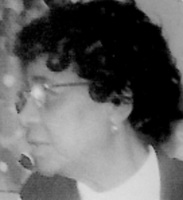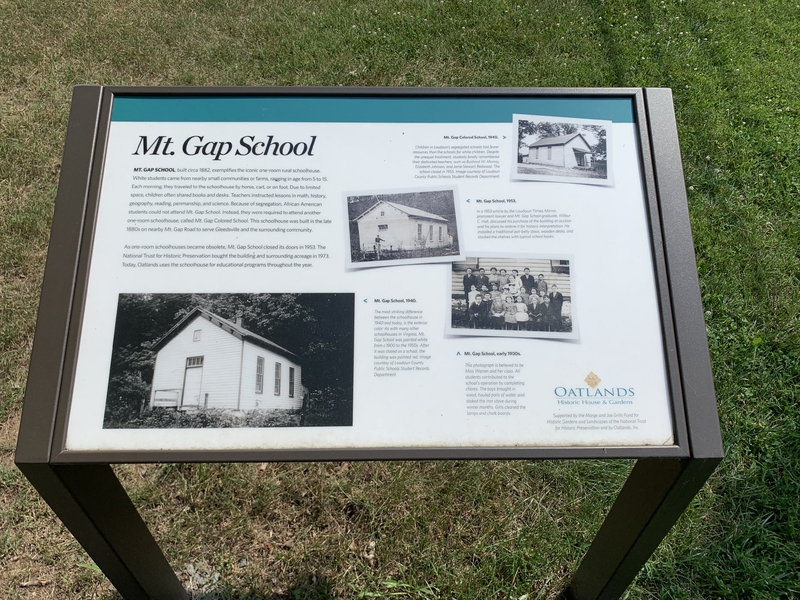Black Agency During Jim Crow
Loudoun County during Jim Crow was a rough time period for freed Blacks. After the Reconstruction, Blacks began to lose their political, educational, and law rights. Whites within Loudoun despised Blacks exercising their political power and strayed away from the traditional systematic practices of Jim Crow. Whites disliked the freedom that Blacks experienced so much that they began to use political violence and intimidation to discourage Blacks in partaking in political conversations and acts. Hence, the lynchings of the three Black males in Loudoun County in 1880, 1889, and 1902 (Loudoun County Courthouse Path to Freedom Justice and Racial Equaliy, 2019).
As a result, African Americans decided to integrate and make their own communities throughout the county due to severe discrimination and intimidation. But, even after the Reconstruction ended, African Americans of those communities never lost sight of the thought of the Reconstruction as they hope to continue to prosper and one day be able to relive their experiences from when they were previously protected by the Freedmen’s Bureau.
Despite the major pushback African Americans received during the Jim Crow era, that did not stop the communal entrepreneurship that arised. Knowing that Black people were purposely discriminated against and denied the right to occupy certain public spaces, only forced people of the Black community to create spaces of their own that provide safety, authenticity, liberation, and socialization such as Black beauty salons and barbershops, fellowship groups and clubs, and predominantly Black recreational centers. Black beauty salons and barbershops were not only seen as safe havens for Black people, but they were also opportunities for employment for other Black people as well. They, too, were places of resistance as they were “safe” places for Black people to let their guards down, be their authentic selves, and discuss private political matters. Black beauty salons, shoe polishing shops, and barbershops allowed for smaller crowds or groups of Black people who eventually formed connections with others in the community (Bristol, 2004).
Black entrepreneurship deserved to be illuminated as it was the only line of business that would not abide by discrimination and qualification, but rather provided employment opportunities for unskilled or uneducated Black people. Black business promoted talent development by training Black men and women in different labor aspects (Bristol, 2004) . As a result, there was economic and social progress that eventually led to the growth of the Black middle class despite the hardships they faced (Bristol, 2004).
Loudoun County as recognized some of its most influential movers as:
William Nathaniel Hall: A very successful businessman in Loudoun County. Hall was very active and gracious, providing employment opportunities to those in his community. After working for his father, he started his own contracting business named WN & Sons. He opened the first Black national bank, Middleburg National Bank. He worked on construction and renovation projects including Mount Vernon. Hall helped buy land for Douglas s High School. He also purchased land for Hall’s Park (still stands) for recreational activities, baseball, and horse racing. Hall was even able to purchase land that had a private pond for his children to swim in since public pools were integrated. Hall had owned more than 30 properties throughout the Middleburg area (Essence of the People: African Americans Who Made a Difference in Loudoun County, Virginia, 2015).
Marie Moton Medley-Howard: Born and raised in Leesburg, Medley-Howard was very active with the NAACP and the Loudoun County Board to improve the learning conditions for Black children in Loudoun. Medley-Howard worked tirelessly to raise the money to purchase land for a new school. She was made the first president of the NAACP Loudoun branch. Among being a true activist, Medley-Howard built her own beauty salon in Leesburg after attending Madam C.J. Walker’s beauty school. She opened the salon behind the building that was originally where her and her family lived, the Barrister Building in Leesburg (Essence of the People: African Americans Who Made a Difference in Loudoun County, Virginia, 2015).
Elizabeth Johnson Quisenbury: Quisenbury attended schools and Dunbar High School in Washington, D.C. After leaving, Quisenbury returned to Leesburg where she became active in the school system after she witnessed the conditions that students and teachers endured in those schoolhomes. She was a tireless fighter for education. After teaching at Mt. Gap Colored School, Quisenbury pressed the Loudoun school board to construct an accredited high school for the community, but was denied after being told the land was not available and it was unnecessary. In 1939, the County-Wide League found and purchased the land for the school and Quisenbury was one of the trustees who signed the deed.
She, along with others, wanted to see if the school board would take action to fund the school as they claimed funds were not available. Quisenbury and the others took matters into their own hands as she joined the Parent-Teacher Association to keep pressure on the school board. Quisenbury along with three other women were able to document the educational disparities between white and Black students. As a result, she became a charter member and the first secretary of the NAACP. With all of the added pressure from the community and organizations, the school board agreed to build the high school. Quisenbury held fundraisers to provide the school with furnishing and supplies and the school board only provided the building (Essence of the People: African Americans Who Made a Difference in Loudoun County, Virginia, 2015).
Loudoun County has a great number of African American men and women who are memorable for their economic and educational contributions to Loudoun and other surrounding counties. People involved in the expansion and the industrialization of Loudoun were not only members of the community, but they were also activists that valued and cherished the momentum of civil rights and equal opportunity. Their names and contributions deserve to be highlighted and noted when discussing the historical background of how Loudoun came to be what it is today. Most remembered their experiences of inequalities growing up and used it as motivation to deter their children from enduring the same challenges. Although there were still systematic difficulties for African Americans during Jim Crow, African Americans resisted against the status quo and were able to provide for themselves the best way they knew how.
As McKittrick stated, “ The individual, the community, the land are inextricable in the process of creating history” (McKittrick, pg. xxii). Clint Smith actually covers this in his book, How The Word is Passed. Smith shared an experience of a tour guide named David who served in the U.S. Navy before becoming a guide.
David had no teaching or historical experience but used what he had learned or what he was taught and passed it onto others during the tour. David exposed some pieces of President Jefferson’s legacy that remained hidden and overlooked due to his “good deeds'' that the nation only cared to recognize. It was later in the text that Smith stated, “David, and every other tour guide on the plantation, had to comvery this sense of personhood with limited access to stories of the enslaved themselves” (Smith, pg. 13). We, as people, do not get to decide what is preserved of history. We do not get to decide what is important and what is factual.
When wondering about historical facts, it is usually about stories of those who have won or who are successful, according to Troulliet. Hence, why African Americans are not part of American history despite the many triumphs African Americans have accomplished in building a strong foundation of African American agency resilience, progression, and support of one another.


